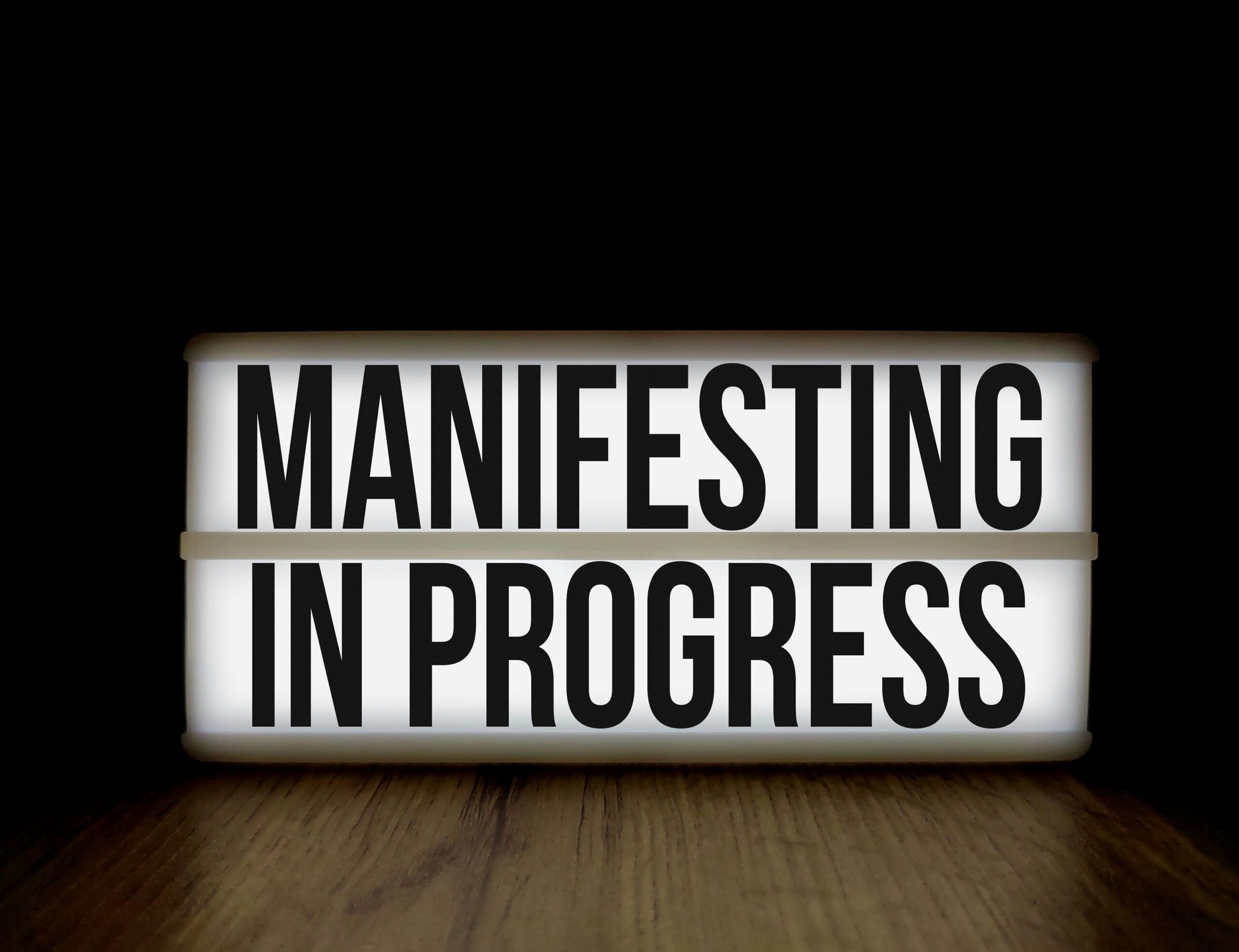Your relationship with money may be more complex than you think, shaped by psychological patterns formed early in life. Understanding how attachment styles influence financial behavior can unlock the path to lasting wealth and security.
💭 The Hidden Psychology Behind Your Money Decisions
Most people believe financial success comes down to budgeting skills, income levels, or investment knowledge. While these factors matter, there’s a deeper psychological force at work: your money mindset. This mindset isn’t random—it’s deeply connected to attachment theory, a psychological framework originally developed to explain how we form relationships with others.
Attachment styles develop in childhood based on our early experiences with caregivers. These patterns don’t just affect romantic relationships—they profoundly influence how we relate to money, possessions, and financial security throughout our lives. By understanding your financial attachment style, you can identify self-sabotaging patterns and develop healthier money habits.
🔍 What Are Attachment Styles and Why Do They Matter for Your Finances?
Attachment theory, pioneered by psychologist John Bowlby, identifies how early childhood experiences with caregivers shape our expectations and behaviors in relationships. Psychologists typically recognize four main attachment styles: secure, anxious, avoidant, and disorganized.
These same patterns extend to our relationship with money. Just as someone with anxious attachment might constantly seek reassurance in relationships, they might also hoard money out of fear of scarcity. Someone with avoidant attachment might keep emotional distance from partners and similarly avoid looking at bank statements or planning for the future.
Recognizing your financial attachment style is the first step toward transforming your money mindset. Let’s explore each style and how it manifests in financial behavior.
✅ The Secure Money Mindset: Financial Confidence and Balance
People with secure attachment styles grew up with consistent, responsive caregiving. They learned that their needs would be met, creating a foundation of trust and confidence. This translates into a balanced, healthy relationship with money.
Characteristics of Secure Financial Attachment:
- Comfortable discussing money openly without shame or anxiety
- Able to save for the future while enjoying the present
- View money as a tool rather than a source of identity or security
- Can handle financial setbacks without catastrophizing
- Make decisions based on values rather than fear or impulse
- Seek financial advice when needed without feeling inadequate
If you have a secure money mindset, you likely maintain healthy boundaries around spending and saving. You don’t define yourself by your net worth, but you also take financial responsibilities seriously. You can enjoy purchases without guilt and save money without deprivation.
The good news? Even if you didn’t start with secure attachment, you can develop these patterns through conscious effort and sometimes therapeutic support. Financial security isn’t just about the numbers in your bank account—it’s about the psychological safety you feel regardless of those numbers.
😰 The Anxious Money Mindset: When Financial Fear Takes Control
Anxious attachment develops when caregiving is inconsistent—sometimes responsive, sometimes not. This creates a pattern of worry and hypervigilance that extends to financial matters. People with anxious money attachment often struggle with persistent financial anxiety regardless of their actual financial situation.
Signs of Anxious Financial Attachment:
- Constant worry about money, even when finances are stable
- Difficulty enjoying purchases due to guilt or fear
- Checking bank accounts obsessively
- Hoarding money beyond reasonable emergency funds
- Seeking constant reassurance about financial decisions
- Difficulty delegating financial tasks to partners or professionals
- Catastrophizing about potential financial disasters
If you recognize yourself in this pattern, you might find that no amount of money ever feels like enough. You may save diligently but never feel secure, or you might avoid looking at your finances altogether because the anxiety feels overwhelming. Some people with anxious attachment swing between extreme frugality and impulsive spending as they seek temporary relief from financial stress.
The underlying issue isn’t actually about money—it’s about the deep-seated fear that resources (like love in childhood) might disappear without warning. Understanding this connection can help you address the root cause rather than just the symptoms.
🚫 The Avoidant Money Mindset: Financial Detachment and Denial
Avoidant attachment forms when caregivers are emotionally unavailable or dismissive of needs. Children learn to suppress their needs and become overly self-reliant. In financial terms, this often manifests as avoidance of planning, denial of money problems, or extreme independence around financial matters.
Characteristics of Avoidant Financial Attachment:
- Avoiding looking at bank statements or budgets
- Dismissing the importance of financial planning
- Difficulty asking for help with money problems
- Resistance to discussing finances with partners
- Procrastinating on important financial decisions
- Living in the present without considering future needs
- Discomfort with both wealth and poverty—money feels irrelevant
People with avoidant money mindsets often pride themselves on being “not materialistic” or “not caring about money.” While these can be positive values, avoidance can lead to serious problems: unpaid bills, missed investment opportunities, or financial dependence masked as independence.
The challenge for avoidant types is recognizing that engaging with finances isn’t shallow or overly anxious—it’s responsible self-care. Money management doesn’t have to be emotionally charged; it can be a practical tool for supporting the life you want to live.
🌀 The Disorganized Money Mindset: Conflicting Financial Patterns
Disorganized attachment develops from frightening or traumatic caregiving experiences, where the source of safety is also the source of fear. This creates conflicting impulses that can manifest in chaotic financial patterns.
In financial terms, disorganized attachment might look like swinging between extremes: splurging and then feeling intense shame, making ambitious financial plans and then sabotaging them, or simultaneously wanting security while engaging in risky financial behaviors.
Signs of Disorganized Financial Attachment:
- Contradictory financial behaviors (extreme saving followed by reckless spending)
- Self-sabotaging when approaching financial goals
- Intense shame or confusion around money
- Difficulty maintaining consistent financial habits
- Using money to recreate familiar chaos or drama
- Alternating between financial control and complete avoidance
If you recognize this pattern, please know that it’s not a character flaw—it’s a response to difficult early experiences. Professional support from a therapist who understands both attachment and financial psychology can be particularly valuable for developing more consistent, self-compassionate money habits.
🔄 How to Transform Your Financial Attachment Style
Understanding your money mindset is powerful, but transformation requires intentional practice. Here are evidence-based strategies for developing a more secure financial attachment, regardless of where you’re starting from.
Building Awareness Through Money Journaling
Start by tracking not just your spending, but your emotions around money. When do you feel anxious? What triggers avoidance? What purchases bring genuine satisfaction versus temporary relief? This awareness helps you recognize patterns before they control you.
Creating Secure Financial Structures
Automation can provide the consistency that creates security. Set up automatic transfers to savings, automatic bill payments, and automated investments. This creates a reliable financial “caregiver” that responds consistently to your needs, helping retrain your nervous system toward security.
Practicing Mindful Financial Decisions
Before making financial decisions, pause and notice what you’re feeling. Are you spending to avoid anxiety? Saving to avoid imagined disaster? Making decisions from fear or deprivation? Simply noticing these patterns, without judgment, begins to change them.
Developing Financial Self-Compassion
Replace harsh self-criticism with kind, firm boundaries. Instead of “I’m terrible with money,” try “I’m learning to make better financial choices.” This shift from shame to growth mindset is essential for lasting change.
💪 Practical Steps for Each Attachment Style
For Those with Anxious Money Attachment:
Your challenge is trusting that you can handle financial uncertainty. Practice tolerating small amounts of financial discomfort—maybe checking your accounts once weekly instead of daily, or spending on something enjoyable without immediately checking the balance. Build evidence that you can make good decisions and that financial fluctuations don’t equal catastrophe.
Set specific “worry windows”—designated times to review finances and plan. Outside these times, practice redirecting money worries with compassionate self-talk: “I have a plan, and I’ll review it during my designated time.”
For Those with Avoidant Money Attachment:
Your challenge is engaging with financial reality without becoming overwhelmed. Start small—maybe just opening your banking app once a week, or reviewing one bill. Gradually increase financial awareness in manageable doses.
Find ways to make financial planning less emotionally loaded. Use apps that gamify savings, or work with a financial advisor who can handle details while you focus on big-picture decisions. The goal isn’t to become obsessed with money, but to give it appropriate attention as part of caring for yourself.
For Those with Disorganized Money Attachment:
Your challenge is creating consistency despite conflicting impulses. External accountability can be incredibly helpful—a trusted friend, financial counselor, or therapist who helps you maintain steady progress.
Focus on very small, achievable financial habits that you can maintain regardless of emotional state. Even five minutes of financial review daily is better than alternating between obsessive planning and complete avoidance.
🎯 Creating Your Personal Financial Attachment Action Plan
Transforming your money mindset isn’t about willpower—it’s about understanding and gradually reshaping deeply ingrained patterns. Here’s how to create your personal action plan:
Step 1: Identify Your Dominant Pattern. You might recognize yourself in multiple styles, but one typically dominates. Be honest about which patterns cause the most problems in your financial life.
Step 2: Choose One Small Change. Don’t try to overhaul everything at once. Pick one behavior that aligns with secure attachment—maybe automating savings, scheduling monthly financial reviews, or practicing one mindful purchase per week.
Step 3: Monitor Your Progress With Compassion. Notice when old patterns emerge without harsh judgment. Each time you recognize an unhelpful pattern, you’re building awareness that eventually translates to behavioral change.
Step 4: Gradually Expand Your Comfort Zone. As one new habit becomes comfortable, add another. Building secure financial attachment is a marathon, not a sprint.
Step 5: Seek Support When Needed. There’s no shame in working with financial therapists, counselors, or advisors. In fact, seeking appropriate help is a sign of secure attachment—recognizing that you don’t have to handle everything alone.
🌟 The Relationship Between Financial and Emotional Security
Here’s a profound truth: You can’t budget your way out of attachment issues, and you can’t therapize your way out of real financial problems. Both matter. The most powerful transformation happens when you address both the psychological patterns and the practical financial strategies simultaneously.
Working on financial attachment doesn’t mean money suddenly becomes unimportant or that practical concerns disappear. It means you can address those practical concerns from a place of groundedness rather than fear, avoidance, or chaos.
As you develop a more secure money mindset, you’ll likely notice benefits extending beyond your bank account: reduced anxiety, better relationships, increased confidence, and a clearer sense of values and priorities. Financial security and emotional security reinforce each other in a positive cycle.
📈 Measuring Progress Beyond the Numbers
How do you know if your money mindset is improving? Look for these signs of increasing financial security:
- You can discuss money without intense emotional activation
- Financial setbacks feel manageable rather than catastrophic
- You make financial decisions aligned with your values, not just fear or impulse
- You can delay gratification without feeling deprived
- You can spend on things you value without excessive guilt
- You seek financial information and advice without feeling ashamed
- Your self-worth remains stable regardless of financial fluctuations
These psychological indicators are as important as traditional financial metrics. A healthy money mindset supports wealth building, but more importantly, it supports overall wellbeing regardless of your current financial situation.

🚀 Your Journey Toward Financial and Emotional Freedom
Understanding your financial attachment style isn’t about labeling yourself or finding another reason for self-criticism. It’s about compassionate awareness that leads to meaningful change. Your patterns made sense given your experiences—and they can change as you create new experiences.
The journey toward a secure money mindset is deeply personal. There’s no single timeline or formula. Some people experience rapid shifts, while others need years of patient work. What matters is direction, not speed.
Start where you are. Notice your patterns without judgment. Make one small change aligned with secure attachment. Celebrate each moment you choose something different from your old patterns. Over time, these small shifts compound into transformed relationships with both money and yourself.
Your financial attachment style has influenced your decisions up until now, but it doesn’t have to determine your future. With awareness, intention, and practice, you can master your money mindset and create both the financial success and the inner security you deserve. The power to change has always been within you—now you have the framework to access it.
Toni Santos is a personal growth strategist and wealth alignment researcher dedicated to helping people connect mindset, habits, and money with purpose. With a focus on abundance psychology and intentional living, Toni explores how beliefs, behavior, and clarity turn goals into sustainable prosperity. Fascinated by financial psychology and high-performance routines, Toni’s journey bridges coaching, behavioral science, and practical frameworks. Each guide he shares is an invitation to design a life by intention—where daily actions align with values, and values align with long-term wealth. Blending mindset work, habit design, and evidence-based strategy, Toni studies how identity shifts, focus systems, and disciplined execution create compounding results. His work champions the idea that true abundance is built from the inside out—through awareness, alignment, and consistent action. His work is a tribute to: An abundance mindset grounded in gratitude, vision, and responsibility Financial psychology that transforms behavior into smart decisions Goal-oriented living powered by clear systems and repeatable habits Whether you’re redefining success, aligning money with meaning, or building habits that last, Toni Santos invites you to grow with intention—one belief, one plan, one aligned step at a time.




